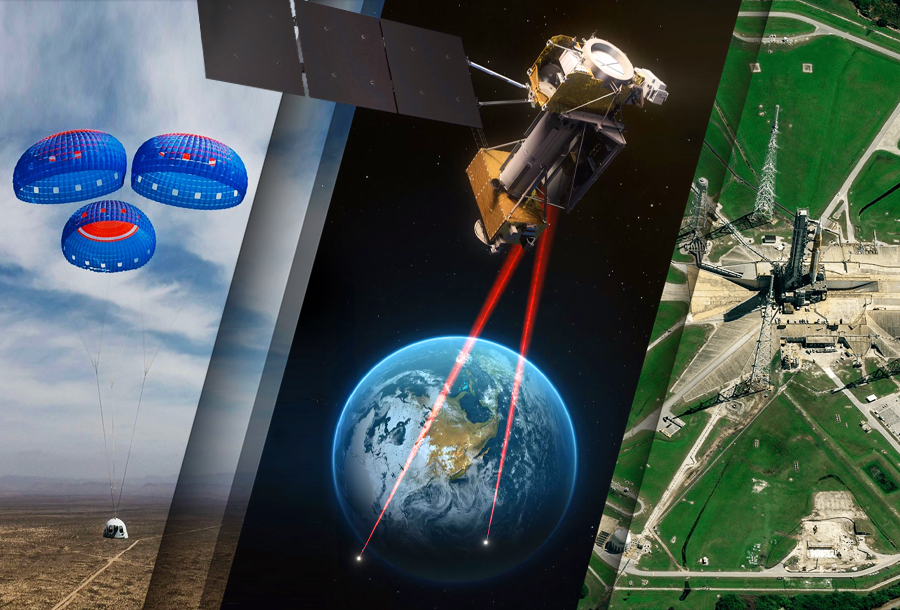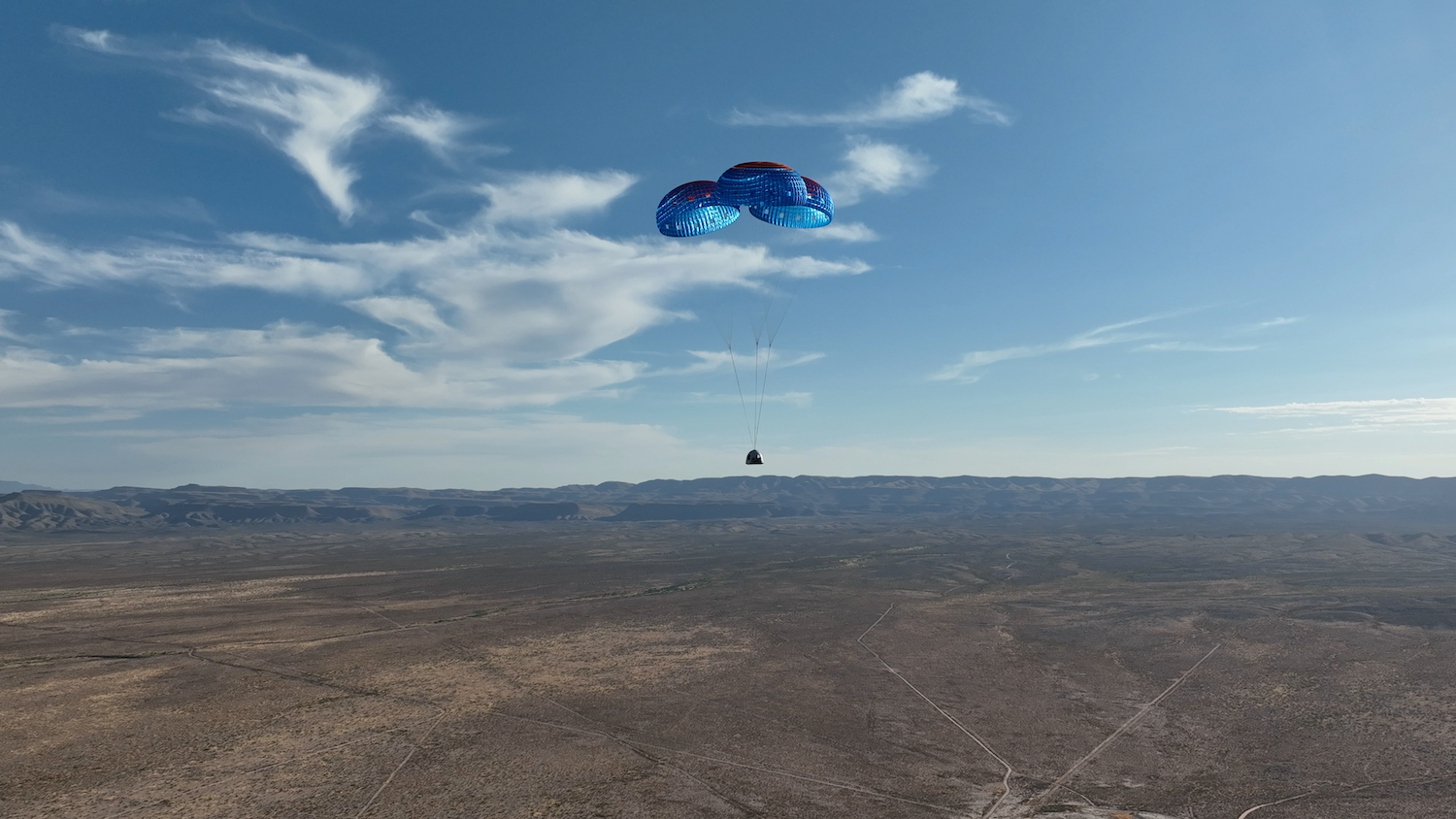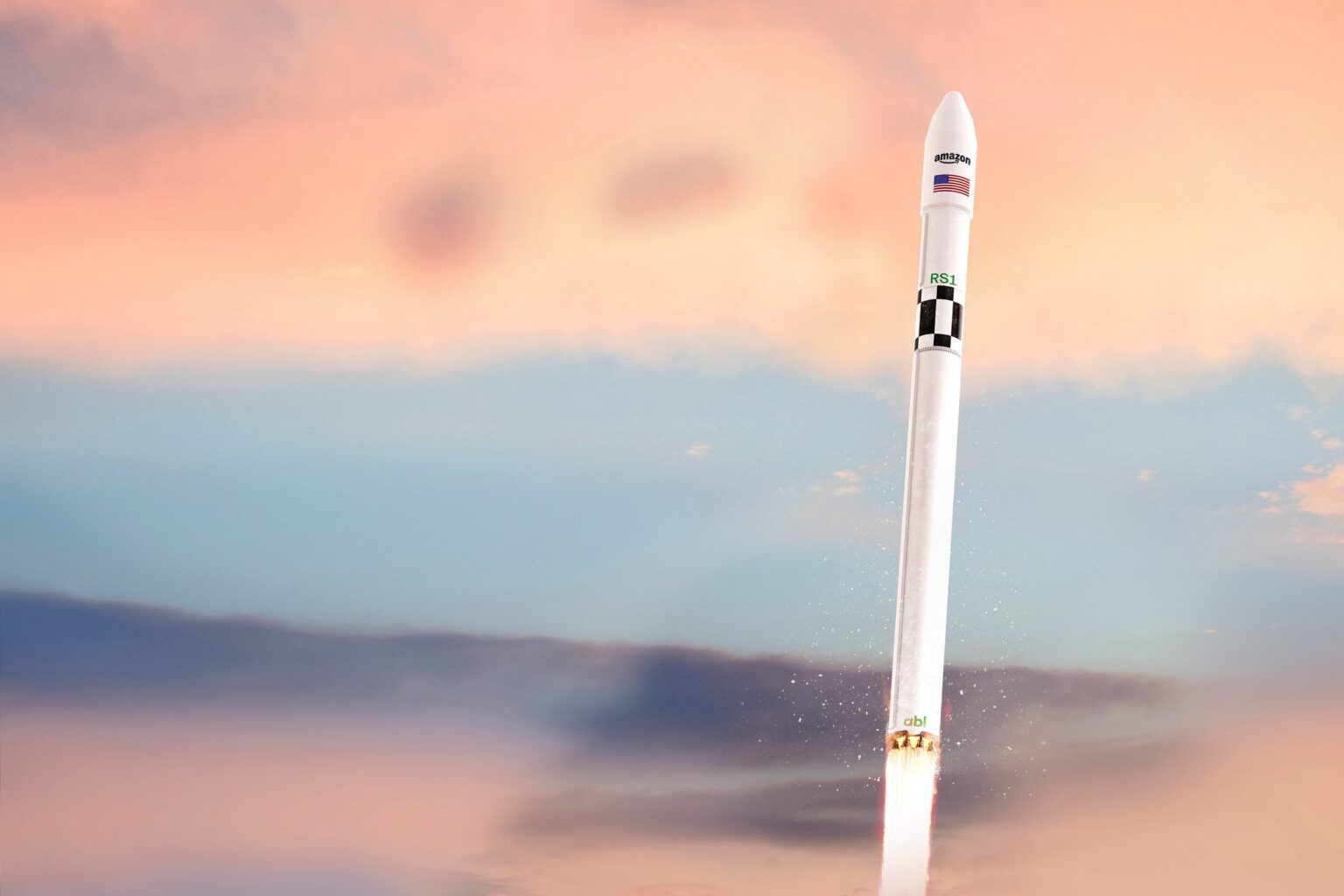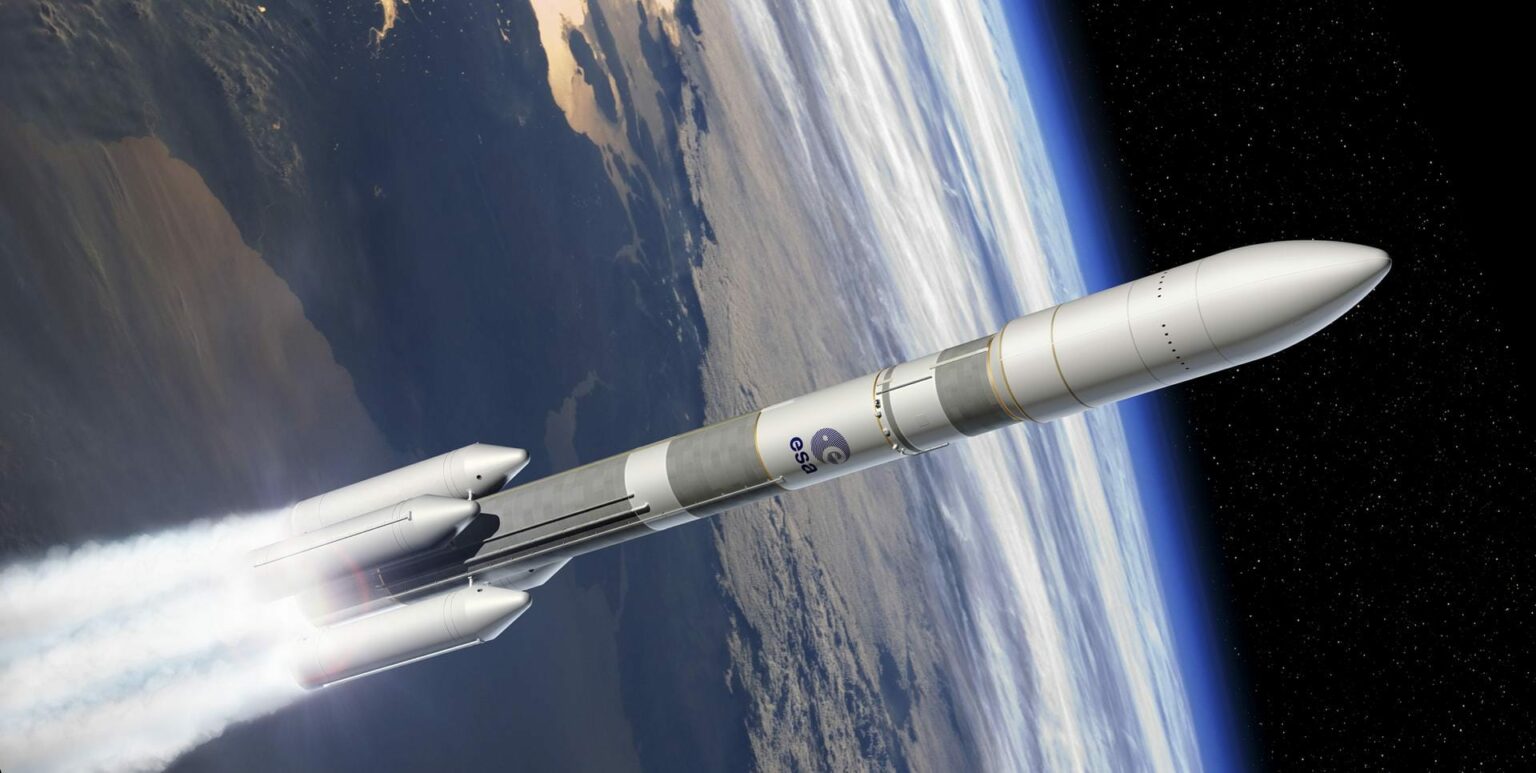Selection of the most interesting space news for breakfast: A new crew has arrived at the Chinese orbital station, Arianespace has named the approximate launch dates for new rockets, Sony will be engaged in laser communication, and the new NASA telescope has been turned into an 8-bit video game.

New crew has arrived at the Chinese orbital station
The Chinese spacecraft Shenzhou-14 has successfully docked with the base module of the Tiangong orbital station. It delivered three taikonauts aboard the complex, as well as fuel, supplies, equipment for scientific experiments and several cubesats.
New Shepard made its fifth manned flight
On June 4, Blue Origin launched the New Shepard suborbital spacecraft with passengers for the fifth time. There were six people on board. During the 10-minute flight, the spacecraft rose to an altitude of 106 km, overcoming the Pocket line, adopted as the boundary between the Earth’s atmosphere and space.

For one of the mission participants (American investor Evan Dick) this was the second flight on New Shepard. The last time he flew into space was in December 2021. Another crew member, Kat Echazarreta, became the first woman of Mexican descent to travel in space.
SLS returns to the launch pad
NASA has begun re-installing the superheavy SLS rocket on the LC-39A launch pad. In the future, engineers will try to fully refuel the rocket and conduct a dress rehearsal of the pre-launch countdown. Currently, this operation is scheduled for June 19.
Market News
Lockheed and ABL’s first UK vertical launch slips into 2023
Lockheed Martin no longer expects that the Pathfinder mission, implemented jointly with ABL Space Systems, will take place in 2022. This is mainly due to delays in the development of the RS1 rocket and the consequences of the January incident, in which the second stage of the carrier exploded during ground tests.

The Pathfinder mission was supposed to be the first ever orbital launch from the UK. Its postponement means that the British startup Orbex, which recently introduced a small Prime rocket, now has the opportunity to get ahead of its American competitors.
Blue Canyon looks to demonstrate small-satellite performance at very low altitude
Blue Canyon Technologies company intends to demonstrate the possibility of stable control and maneuvering of a vehicle located in a very low Earth orbit. We are talking about the AMS demonstrator satellite, built with the money of the American Air Force. It was launched into space by a Falcon 9 rocket at the end of May. The spacecraft is in an orbit with a height of less than 300 km, where it is significantly affected by the Earth’s atmosphere. Blue Canyon Technologies intends to operate the device for several months. The military and intelligence services are particularly interested in this opportunity — and if the experiment at Blue Canyon is successful, they hope to receive new contracts from the relevant structures in the future.
Momentus attempting to fix anomalies with first Vigoride tug
Momentus has admitted to having problems with its recently launched space tug, the Vigoride-3. It was launched into orbit at the end of May using a Falcon 9 rocket. In total, there were nine small satellites from three customers on board the Vigoride-3. Two of them managed to be deployed, the remaining seven have not yet separated from the tug. The company has not yet disclosed the causes of the problems — but according to unofficial information, they may be related to telecommunications equipment.
Sony launches space laser communications business
Sony has announced the creation of a new subsidiary of Sony Space Communications Corp. It will undertake the development of high-power lasers for satellite optical communication systems. Sony lasers will provide ultra-fast data transmission between spacecraft and ground stations, which, in turn, will improve the quality of communication in both the commercial and consumer sectors.
Arianespace calls the approximate dates of the first launches of new rockets
The managing director of Arianespace Vivian Kene called the approximate dates of the debut launches of two new rockets of the company. According to Kene, the first mission involving the Vega C light carrier will be implemented in early July — immediately after the Ariane 5 rocket launch scheduled for June 22, which should send a pair of geostationary satellites into space.

As for the heavy Ariane 6, which should become the company’s main workhorse after the Ariane 5 is discontinued, its first flight is scheduled for the end of the year. At the same time, Kene did not mention the payload that would be placed on board the carriers during their first launches.
Interesting
Roman Space Telescope became a video game
NASA has published an 8-bit video game that allows anyone to take control of the Roman space telescope. The participant is given exactly one minute to capture as many celestial bodies and various cosmic phenomena as possible in the field of view of the RST. Each object is evaluated in a certain number of points. The game features galaxies, supernovae, exoplanets, rogue planets, black holes, dark matter, and even the James Webb telescope.

Follow us on Twitter to get the most interesting space news in time
https://twitter.com/ust_magazine

